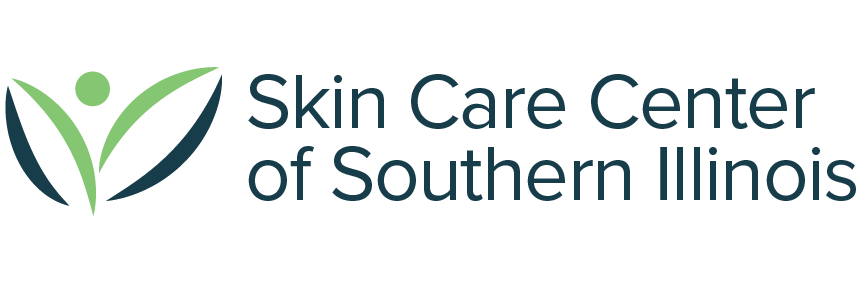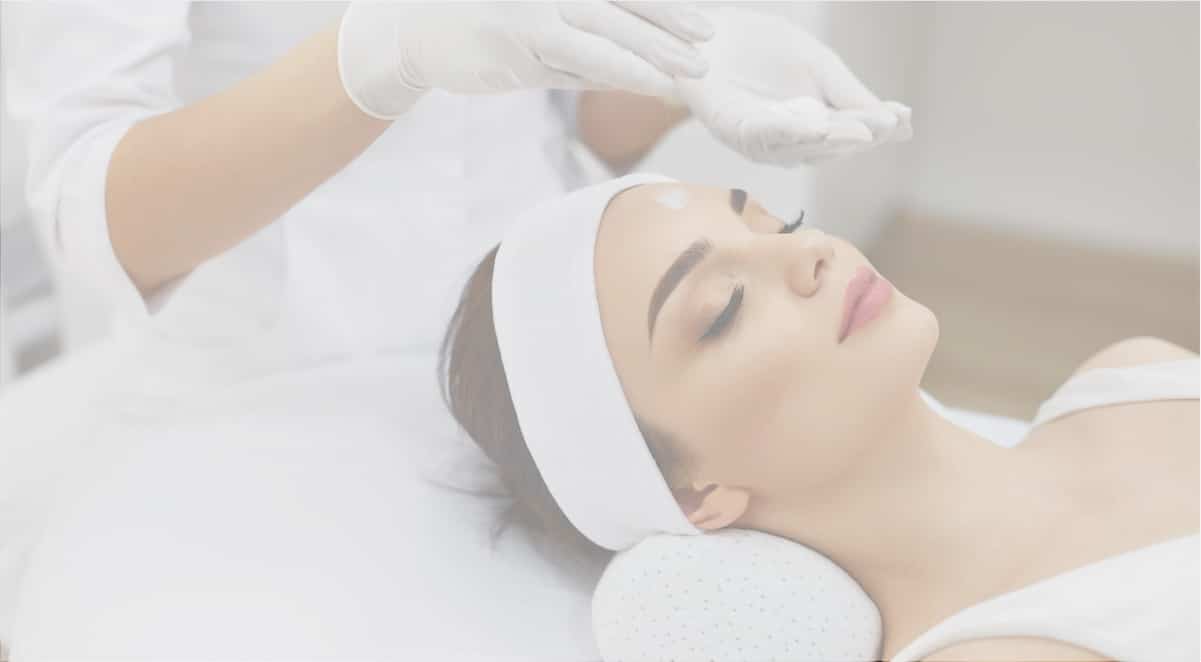Acne is the most frequently experienced skin condition in the United States. It is characterized by lesions that appear on the face, back, and chest. Every year, about 85% of adolescents have some form of acne, and around 40% of adults experience the occasional breakout. Most acne can be controlled with easily accessible, over-the-counter products, but the condition will commonly require the help of a dermatologist to diagnose and manage.
Whether your breakouts are mild, or you experience chronic, deep-set lesions, visiting the Skin Care Center of Southern Illinois can set you on a path to receiving the treatment you need. Every person’s skin is unique, and what works for your friend or family member may not be what works for you. Meeting with one of our dermatologists will result in a personalized treatment plan designed to clear acne, reduce scarring, and prevent future breakouts.
Types
There are several types of acne, some more recognizable than others. Commonly experienced types of acne, like whiteheads and blackheads, are easily recognizable. As a result, they can be easy to treat, as you won’t need a formal diagnosis. However, other, less common forms of acne can be painful, severe, and difficult to recognize. Below, you’ll find the six major types of acne you may experience, as well as common symptoms and causes.
- Whiteheads/Blackheads: Also known as comedones, whiteheads and blackheads are non-inflammatory and appear more on the face and shoulders. If they remain uninfected, they are unlikely to lead to scarring.
- Red Pustules or Papules: These acne lesions are inflamed pores that fill with pus. Because this type of acne is inflamed, it is more likely to lead to scarring.
- Cystic: Cystic acne is a type of severe inflammatory acne. The condition most often affects the fac, but it can also appear on the arms and upper trump. Cystic acne can easily become infected, and most people will require the help of a dermatologist to adequately treat the condition.
- Nodular: Similar to cystic acne, nodular acne is severe, manifesting as large, painful, and inflamed breakouts. This type of acne most often appears on the face and back and will require a doctor’s help to treat.
- Conglobata: A severe form of acne, acne conglobata occurs when cysts and nodules grow together deep under the skin, forming a painful set of interconnected lesions. Over time, this condition can cause severe scarring.
- Fulminans: Less common than other forms of acne, acne fulminans is a severe type of the condition that can present as painful, ulcerating, and hemorrhagic legions. This condition will require medical intervention, as it can also cause bone lesions and laboratory abnormalities.
Causes
Acne has dozens of causes, many of which are not fully understood by doctors. However, some acne causes and risk factors are more widely accepted than others. The most common acne cause has to do with oil overproduction. In normal skin, oil glands under the skin, known as sebaceous glands, produce an oily substance called sebum. The sebum moves from the bottom to the top of each hair follicle and then spills out onto the surface of the skin, taking with it sloughed-off skin cells. With acne, the structure through which the sebum flows, becomes plugged. This blockage traps sebum and dead cells below the skin, preventing them from being released onto the skin’s surface.
This clogging is the cause behind most other acne triggers, which include things like diet, over-washing, under-washing, and contact irritation. That said, regardless of your acne’s cause, it is important for patients not to pick or scratch at individual lesions. This can significantly increase inflammation and lead to long-term scarring.
Acne Timeline
While acne is most common in people experiencing puberty, most adults will experience a breakout sometime after their teenage years. Additionally, there are certain risk factors that can put people at a higher risk of developing certain types of acne, including sex, age, and ethnicity. The age at which you experience acne can point toward a cause. Read about the types of acne most commonly experienced by age, sex, and genetic predisposition, as well as what treatments are best suited to your skin.
- Teen Acne: Around 80 percent of people will experience acne during their teenage years. Changes to hormonal processes during puberty can cause the overproduction of sebum, which can, in turn, lead to an increased risk of developing lesions.
- Adult Acne: Adult acne is less common than teenage breakouts, but it happens more often than you might think. In addition to the occasional pimple, some adult acne conditions may require medical intervention.
- Acne by Age of Onset, Sex, and Risk Factors: Age isn’t the only factor in determining your acne’s cause. Other personal characteristics, like sex, ethnicity, and genetic predisposition, can significantly impact whether you develop acne.
Treatment
Treating acne is a relatively slow process. While some over-the-counter products may claim otherwise, there is no overnight remedy. Additionally, you’ll need to understand the type of acne you are experiencing in order to find an effective treatment. Once you confirm your acne’s type and cause, your dermatologist will present a range of treatment options.
- Benzoyl Peroxide:This topical treatment is used in mild cases of acne. The chemical reduces the blockages in the hair follicles to prevent future acne breakouts. This is available over the counter, but products with a higher concentration may require a prescription.
- Oral and Topical Antibiotics:Antibiotics can be used to treat any infection in the pores. This is typically reserved for more severe cases of acne, and it will require a doctor’s prescription.
- Hormonal Treatments:Adult women with hormonally induced acne may find relief from certain hormonal treatments, like those found in birth control pills. Talk to your doctor about whether this may be a good option for you.
- Tretinoin:A derivative of Vitamin A, tretinoin helps unplug the blocked-up material in whiteheads/blackheads. It has become a mainstay in the treatment of acne because its ability to both reduce breakouts and prevent future acne lesions.
- Extraction: When acne does not respond to other treatment options, your dermatologist may recommend an extraction. This procedure involves the removal of whiteheads and blackheads using a small metal instrument. The tool is centered on the comedone and pushed down, extruding the blocked pore.
Talk to an Acne Dermatologist
Treatment for acne varies depending on the type and severity of lesions, skin type and the patient’s age, but results can become visible in six to eight weeks. If you’ve experienced acne in the past and still have lesion marks, you may also want to consider an acne scarring treatment, which can significantly reduce the appearance of scars.

